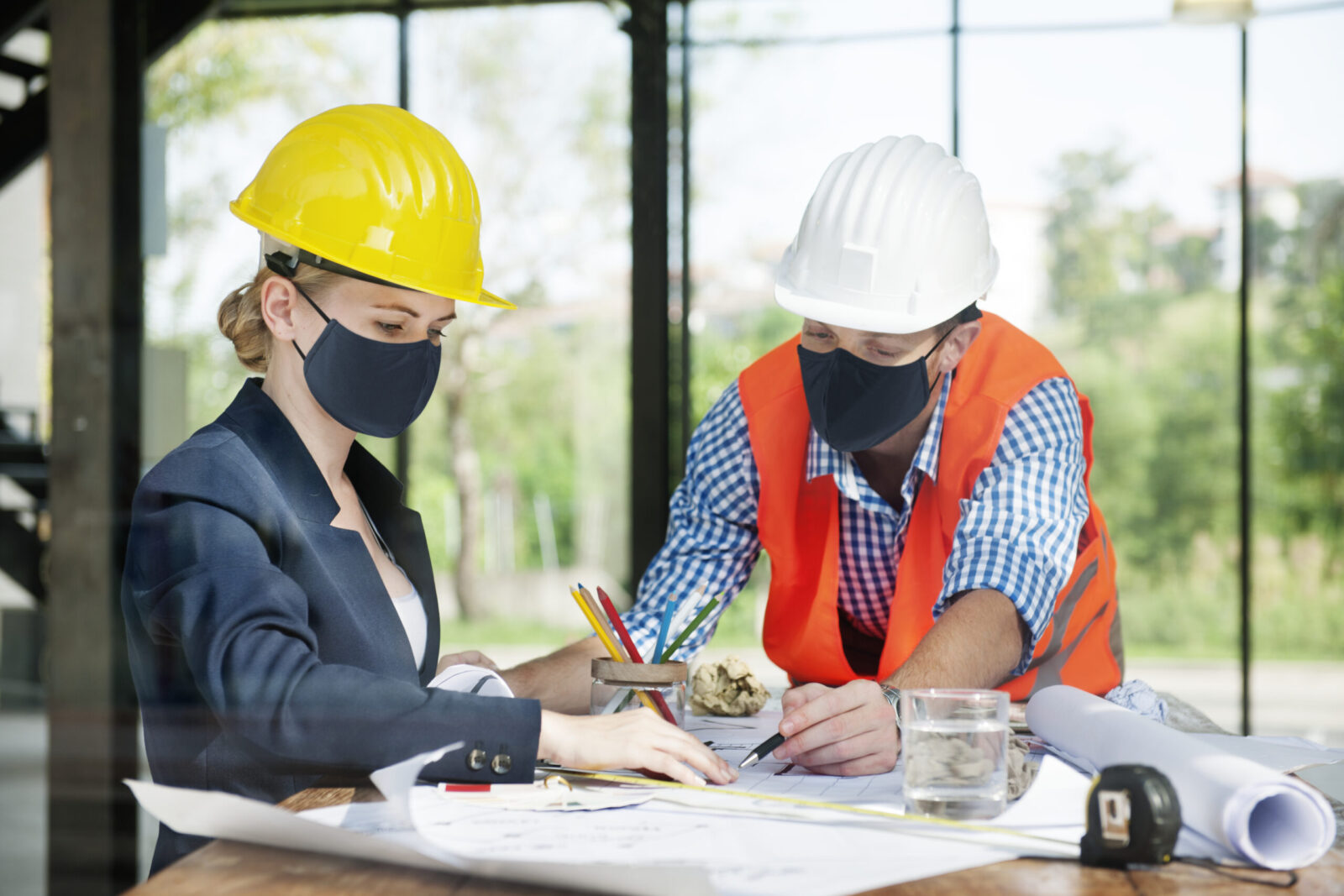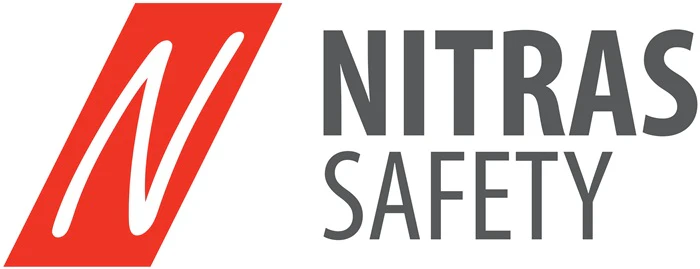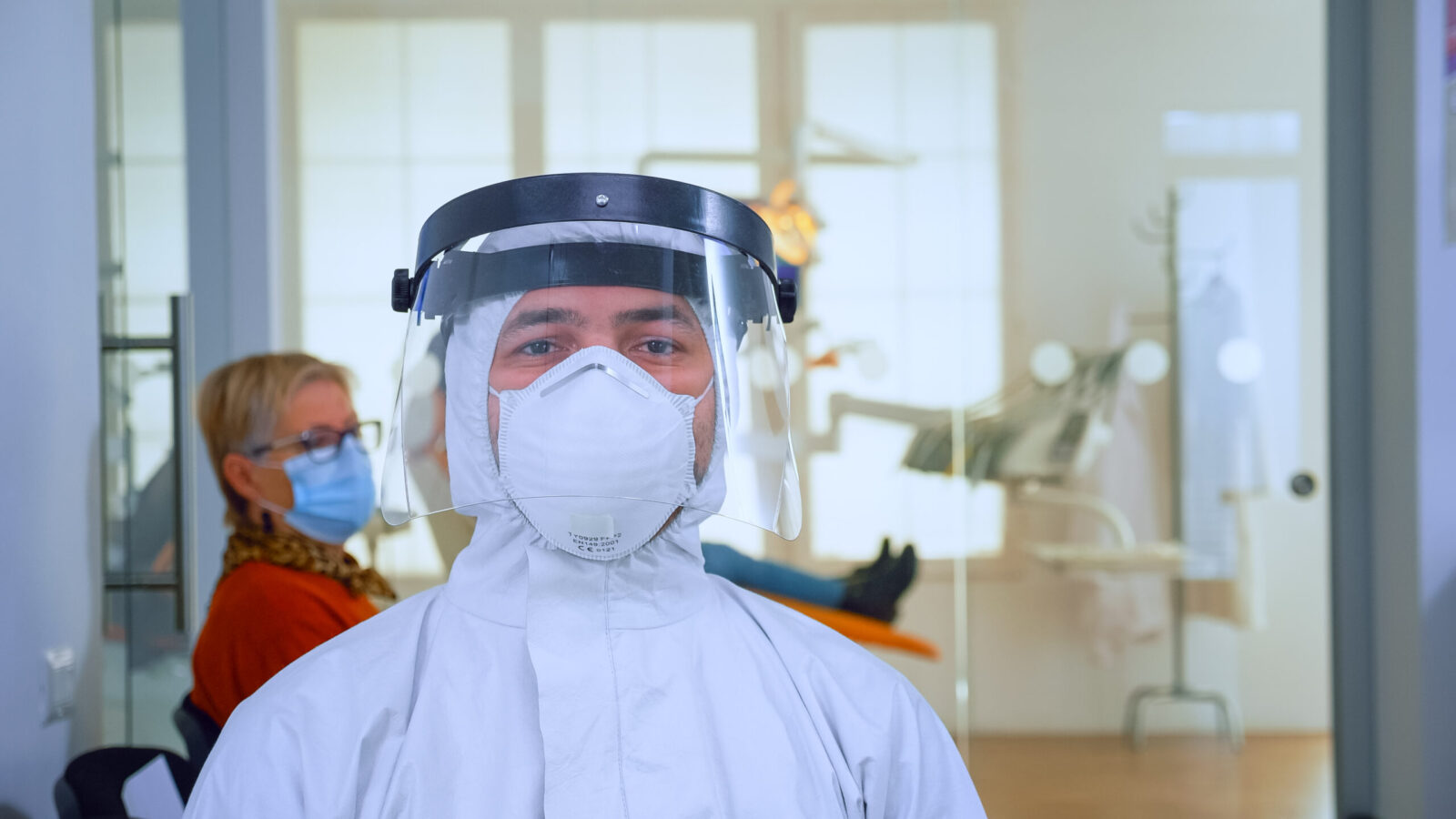
Top Compliance Strategies in Construction for 2024
Introduction In 2023, following the rules is more important than ever in the very controlled building business. As long as...

Get 20€ off on your first order!
Construction is vital to the UK economy yet one of the most dangerous occupations. Construction sites hazards must be understood and managed to protect workers from excessive accident and injury rates. From heavy machines to toxic chemicals, the risks are many. This article discusses 15 construction site issues and the need for knowledge and safety.
No matter what form of construction work you do, building site workers face higher dangers than most UK workers.
According to the Health and Safety Executive, 45 persons died in UK construction accidents in 2022–23. This is a third of all occupational deaths in the same timeframe. Year-over-year growth is 55%.
One more thing. In 2022/23, construction workers suffered 53,000 nonfatal injuries.
Construction is one of the three most dangerous UK sectors, along with manufacturing, agriculture, forestry, and fisheries. The building industry has the highest work-related deaths. Not the podium one wants to stand on.
Visiting a construction site is risky. Construction is by nature unsafe, unlike sitting in a nice air-conditioned office or a tea cosy store. There is nothing wrong with air-conditioned workplaces or pleasant tea cafés…
Anyone working on a construction site must know the common dangers. Without knowing what to watch out for, you can’t escape it!
Most common construction site hazards:
The HSE reports that working at height causes the greatest workplace fatalities. You can fall from an edge through an aperture, a delicate surface, or ground level into a hole or opening when working at height.
Working at height requires risk assessments and a structured work plan to reduce dangers. Avoid heights whenever possible.
Moving items are the second leading cause of workplace deaths. On construction sites, items are always moving. During the workday, vehicles, lifting equipment, and heavy machinery move.
Workers must prevent moving items from hitting them. Never approach too close to moving items and always wear PPE like a high-visibility jacket or vest.
Slips, stumbles, and falls are typical on every construction site due to uneven terrain, damp surfaces, potholes, garbage, and random equipment and wires.
It’s difficult to avoid these dangers in any construction activity, therefore personnel must move carefully about the site. Report major risks to a supervisor quickly to mitigate them.
Jackhammers, diggers, and power drills are noisy. Construction sites are not known for their tranquil sounds. Noise is a major construction site danger. Noise can cause long-term hearing impairment and distract workers from safety.
Every construction site should have a noise risk assessment and provide workers with hearing protection.
Construction workers must also watch out for hand-arm vibration syndrome, which sounds like an experimental pop band. Hand-arm vibration syndrome (HAVS) damages blood vessels, nerves, and joints. Because of regular usage of hand-held power tools. Unfortunately, most construction workers do this.
HAV can be avoided by wearing protective gear when utilising vibratory power tools or heavy-duty ground working equipment.
A common construction job involves lifting and transporting big objects. Unsafe manual handling can cause significant injuries or musculoskeletal diseases. Workers should be educated in manual handling and utilise lifting equipment as necessary.
Demolished buildings and pits are unstable. Collapsed trenches are another prevalent construction danger. One that can kill without safeguards.
Each trench should be inspected for safety before usage. Regular inspections before and during work are required.
Many older structures still contain asbestos. Broken asbestos can emit fibres. Cancer can arise from asbestos inhalation.
Deadly asbestos. Consider a workplace asbestos suspicion. If so, workers must be informed and a specialist hired to analyse the danger. All construction workers need asbestos training.
You probably already know that electricity is dangerous. Electrical shocks from live wires or conducting materials can kill. Avoiding electrical shocks on a building site requires proper equipment maintenance and risk assessment.
Construction site air pollution goes beyond asbestos and your friend’s body odour. Construction generates dust and particulates.
These can harm your lungs and organs if inhaled in large amounts. Face masks and air filters are needed to avoid airborne fibres and fine particulates.
Construction uses a lot of heavy equipment. While power saws, diggers, and industrial sanders are cool, they’re also dangerous.
To prevent heavy machinery and equipment misuse injuries and deaths, training and risk assessments are needed.
Construction sites are prone to fires because to grinder sparks, electrical equipment, welding instruments, and flammable substances and materials. Fire may spread in seconds and devastate in minutes.
Construction sites must prioritise fire safety. Appoint a responsible person, do risk assessments, and take fire measures.
Besides scaring claustrophobics, tunnels, pits, and tanks are unhealthy. Confined spaces can cause fires, oxygen depletion, and hazardous gases. Confined places often kill via drowning or asphyxiation.
Avoid tight areas wherever feasible. If unavoidable, risk assessment and emergency plans must be made.
Construction site dangerous chemicals would take years to list. Construction sites have caustic chemicals, solvents, carbon monoxide, paints, foams, and glues that can burn, poison, or harm you if you contact or inhale them.
Worker safety in handling and storing dangerous chemicals must be ensured. Again, building site safety requires frequent risk assessments.
Construction workers’ mental health is at stake along with their physical health. Industry insiders say construction workers commit suicide four times the UK average. These shocking figures are caused by stress, injury, and culture.
About 875,000 people had work-related stress, despair, or anxiety in 2022/23. Current levels exceed pre-pandemic levels.
Mental health stigma can be overcome, but it’s difficult. Construction workers should have mental health awareness training and supports.
A safer, healthier UK construction sector is feasible. Construction workers can better comprehend site dangers with proper health and safety training. Construction workers learn to protect themselves and one other via health and safety training.
Construction worker safety depends on risk management. Construction workers may decrease accidents and injuries by identifying and resolving frequent dangers. Safety training, risk assessments, and compliance improve worker well-being and industrial efficiency. UK construction workers will be safer and healthier if these techniques are adopted.
Thank you! You've signed up for our newsletter.



















Introduction In 2023, following the rules is more important than ever in the very controlled building business. As long as...

Introduction Personal Protective Equipment (PPE) is important for keeping building workers safe from the many dangers that are present. Because...

Introduction Construction is among the most dangerous jobs, with many injuries and deaths. Construction worker safety is critical, and thorough...

Introduction In 2023, following the rules is more important than ever in the very controlled building business. As long as...

Introduction Personal Protective Equipment (PPE) is important for keeping building workers safe from the many dangers that are present. Because...

Introduction Construction is among the most dangerous jobs, with many injuries and deaths. Construction worker safety is critical, and thorough...
Get 20€ off on your first order!
Save 30% by buying directly from brands, and get an extra 10€ off orders over €100
Save 30% by buying directly form brands, and get an extra 10€ off orders over €100